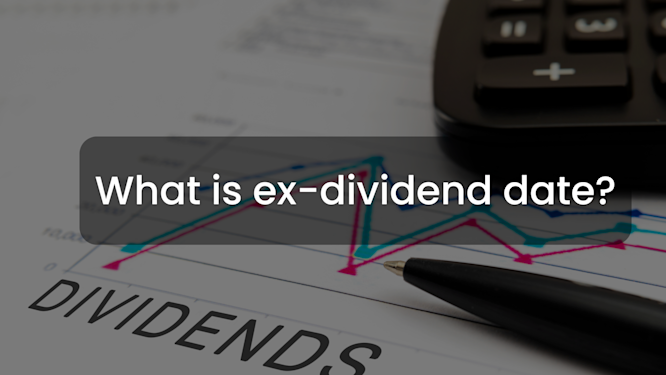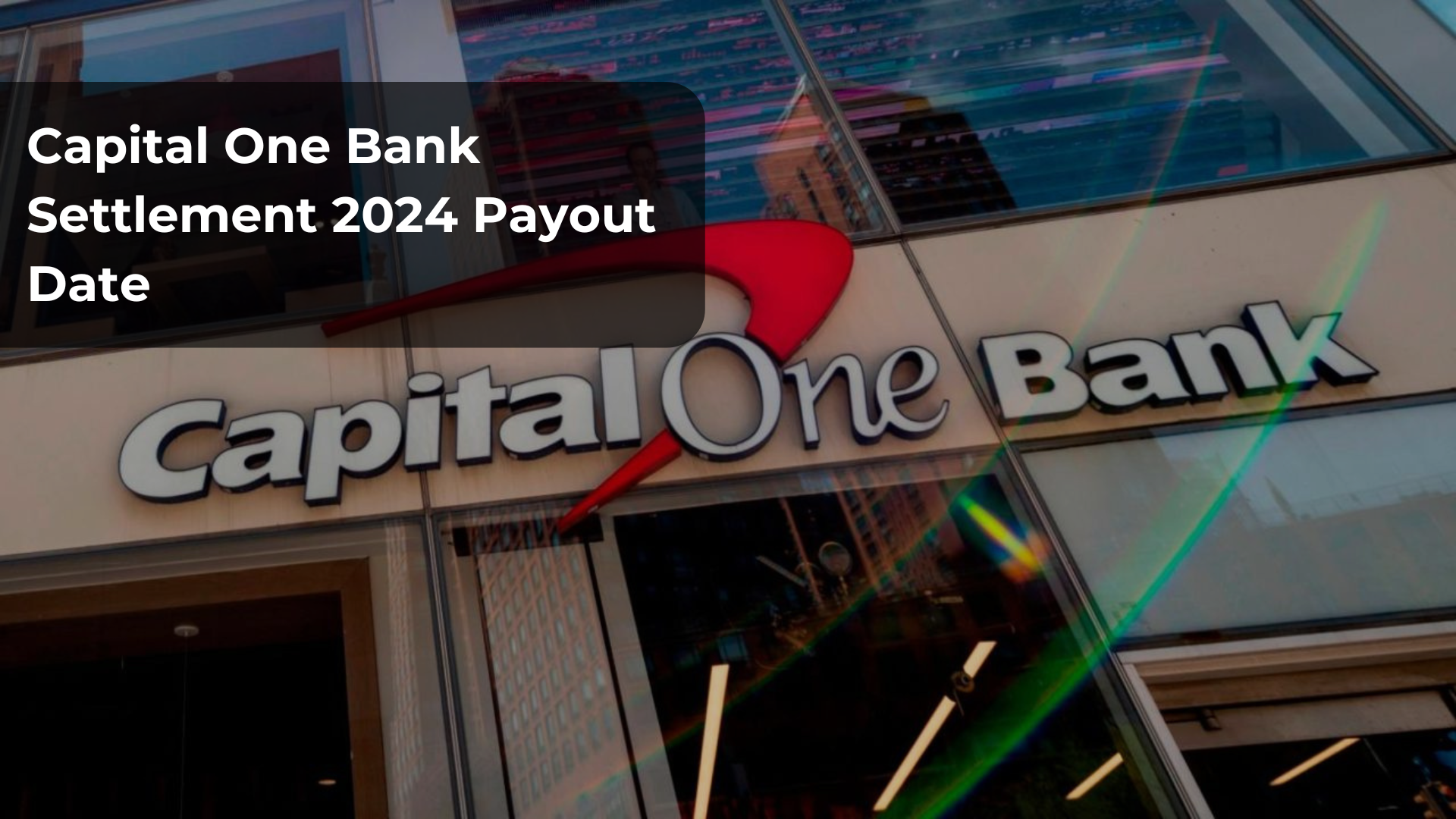What Is the Ex Dividend Date: Definition and Dates
Other
What Does Ex-Dividend Mean?
A dividend represents a financial reward paid to shareholders for their investment in a company’s stock or equity shares. The term "ex-dividend" refers to the status of a company’s dividend allocation once it has been finalized. The ex-dividend date, often referred to as the "ex-date," is typically set one business day before the record date.
Shareholders who purchase a stock on or after the ex-dividend date are not eligible to receive the upcoming dividend payment. Instead, the dividend is paid to the seller. To qualify for the dividend, investors must acquire the stock prior to the ex-dividend date.
Key Points to Remember:
The ex-dividend date marks when a company’s dividend entitlement has been determined.
On the ex-dividend date, the stock begins trading without the value of the forthcoming dividend.
Shareholders who purchase the stock before the ex-dividend date qualify for the dividend, whereas those who buy it on or after the ex-date do not.
Understanding the Ex-Dividend Date
A stock is considered to be trading ex-dividend starting on the ex-dividend date. Investors acquiring shares on or after this date are not entitled to the next dividend payment. Consequently, the stock’s price is typically adjusted downward by the dividend amount on the ex-date to account for this change.
Certain brokerage platforms may include an “XD” suffix alongside the stock’s ticker symbol to signify that it is trading ex-dividend. This notation helps investors identify when a stock’s price reflects the exclusion of the upcoming dividend payment.
The ex-dividend date plays a critical role in determining the eligibility of shareholders for dividend payouts. Without understanding this concept, investors may mistakenly assume they will receive a dividend even if they purchase shares after the ex-dividend date.
How Dividends Are Declared
When a company announces a dividend, its board of directors establishes a record date—the cutoff point for determining eligible shareholders. Based on this record date, the ex-dividend date is set in accordance with the trading rules of the relevant exchange. Typically, the ex-dividend date falls one business day prior to the record date.
For instance, if a company declares a dividend on March 3 with a record date of Monday, April 11, the ex-dividend date would be Friday, April 8. This timeline allows for the "T+1" settlement process, where stock transactions are settled one business day after the trade. By following this timeline, exchanges ensure a smooth and transparent dividend distribution process.
Stock Price Adjustments and the Ex-Dividend Date
Typically, a stock’s price decreases by an amount slightly less than the dividend value on the ex-dividend date. While smaller dividend payments may result in barely noticeable price changes due to daily market fluctuations, larger dividends can have a more visible impact. This price adjustment accounts for the fact that buyers purchasing shares on the ex-dividend date are not eligible for the upcoming dividend.
For stock dividends or substantial cash dividends (equal to or exceeding 25% of the stock’s value), different rules apply. In such cases, the ex-dividend date is set on the first business day following the dividend’s payment. This ensures accurate pricing and distribution of larger dividends, which may significantly impact the stock’s value.
Understanding how stock prices are adjusted on the ex-dividend date can help investors make informed decisions about buying or selling shares. This knowledge is particularly valuable for those who rely on dividend income as part of their investment strategy.
Important Dividend-Related Dates
Declaration Date: The date on which the company’s board of directors announces the dividend. Changes to the anticipated dividend may lead to stock price volatility as traders adjust their expectations. The declaration date provides initial insights into the company’s financial health and dividend policy.
Record Date: The day the company identifies shareholders eligible for the dividend. This is one business day after the ex-dividend date. The record date serves as the official cutoff for determining which investors will receive the dividend payment.
Payment Date: The date when dividend payments are distributed to shareholders. On this date, eligible investors receive their dividend either as a direct deposit or a mailed check. The payment date represents the final step in the dividend distribution process.
By understanding these key dates, investors can better plan their strategies and ensure they meet the eligibility criteria for dividend payments. Each date plays a distinct role in the overall process, from announcement to payout.
Example of a Dividend Payment
Imagine Company XYZ declares a $0.53 per share dividend on February 19, 2024, with an ex-dividend date of May 5, 2024, and a record date of May 6, 2024. Shareholders who purchase the stock before May 5 will be eligible for the dividend, which will be paid on June 2, 2024.
This example illustrates the timeline of dividend distribution and highlights the importance of understanding the ex-dividend date. By purchasing shares before May 5, investors secure their eligibility for the $0.53 per share dividend, regardless of subsequent price fluctuations.
Why Stock Prices Fall on the Ex-Dividend Date
Stock prices typically drop by an amount equivalent to the dividend on the ex-dividend date. This adjustment reflects the reduction in the company’s assets corresponding to the dividend payment. For instance, if a company declares a $1 dividend, the stock price may decrease by approximately $1 on the ex-dividend date.
The price drop ensures that new buyers on the ex-dividend date do not gain an undue advantage by acquiring shares at the full pre-dividend price while missing out on the dividend. This mechanism maintains fairness in the market and aligns stock prices with the company’s reduced cash holdings.
How the Ex-Dividend Date Benefits Investors
For income-focused investors, knowing the ex-dividend date is critical for planning trades. However, it is essential to note that purchasing a stock immediately before the ex-dividend date does not guarantee a profit, as the stock’s price adjusts accordingly. Similarly, buying the stock on or after the ex-date comes with a price discount reflecting the foregone dividend.
By understanding the ex-dividend date, investors can align their strategies with their financial goals. For example, those seeking steady income may prioritize stocks with reliable dividend histories and favorable ex-dividend dates. Conversely, growth-focused investors may use the ex-dividend date to identify potential buying opportunities when stock prices adjust.
Factors Influencing Dividend Decisions
Several factors influence a company’s decision to declare dividends, including profitability, cash flow, and long-term growth objectives. Companies with stable earnings and robust cash reserves are more likely to issue regular dividends. Conversely, firms prioritizing expansion may reinvest profits instead of distributing them as dividends.
Understanding these factors can help investors evaluate a company’s dividend policy and assess its suitability for their portfolio. For instance, investors seeking consistent income may prefer established companies with a history of reliable dividend payments, while those seeking capital appreciation may focus on growth-oriented firms.
The Role of Dividends in Investment Strategies
Dividends play a vital role in various investment strategies, from income generation to portfolio diversification. For retirees and conservative investors, dividends provide a steady income stream that can supplement other sources of earnings. Dividend-paying stocks are also viewed as relatively stable investments, often belonging to well-established companies.
Growth-oriented investors may use dividends to reinvest in additional shares, leveraging the power of compounding to enhance returns over time. This approach, known as dividend reinvestment, can significantly boost long-term portfolio growth, particularly when combined with regular contributions and disciplined investing.
By incorporating dividend-paying stocks into their portfolios, investors can achieve a balance between income generation and capital appreciation. This diversified approach helps mitigate risk while providing opportunities for growth and stability.
FAQs on Ex-Dividend
1. Will I get dividends if I buy on an ex-date?
No, if you purchase shares on the ex-dividend date or after, you will not be eligible for the upcoming dividend. The dividend will be paid to the seller, as they owned the stock before the ex-dividend date.
2. What is the ex-dividend date?
The ex-dividend date is the cutoff date that determines which shareholders are entitled to receive the next dividend payment. Investors who purchase shares prior to the ex-dividend date are eligible for the dividend, whereas those who buy on or after are not.
3. What is the difference between the record date and the ex-dividend date?
The record date is when a company reviews its shareholder records to identify eligible dividend recipients. The ex-dividend date, usually set one business day before the record date, establishes dividend eligibility based on the timing of stock purchases.
4. Will I get bonus shares if I buy on an ex-date?
No, buying shares on the ex-date does not entitle you to receive bonus shares. Similar to dividends, bonus share eligibility is based on owning the stock before the ex-date.
5. Does the ex-dividend date affect stock price?
On the ex-dividend date, a stock’s price typically decreases by an amount roughly equivalent to the dividend, reflecting the removal of the dividend’s value from the stock’s price.
6. Can I sell shares on the ex-split date?
Yes, you can sell shares on the ex-split date. The ex-split date is the first day on which the stock split is officially reflected in the market. On this date, the share price adjusts to the new split ratio, but the total value of your investment remains the same. For example, in a 2-for-1 stock split, the share price will be halved, but you will own twice as many shares.



